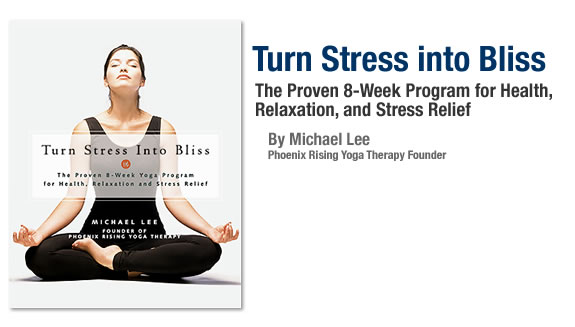streIt's usually about this time of year when we start making those "New Year's Resolutions". I guess the date turning over on the calendar from one year to the next inspires action for many of us to finally conquer whatever demon seems to be keeping us from experiences of health, wealth, and happiness.
For some, things work out and new beginnings take root and eventually flower into bloom. I remember quitting smoking about 30 years ago as a result of one such resolution. Now I'm not sure if it was the "new year" part of it that worked or the $500 bet I had with a co-worker also trying to quit that really got me motivated. Either way, it worked and I've remained smoke free.
For others, things don't work so well. Like many, I recall taking out a new gym membership one year and swearing to God that I was going to get rid of that holiday bulge by spring, only to find April roll around with membership lapsed and belly intact.
So what's the answer? It seems sometimes our resolutions might create more stress in our lives and do little to change anything, so why bother?
Perhaps it's the way we go about it. If you are inclined to make them, here's a few tips to use that will maximize your chances of manifesting whatever it is you are trying to create in your life with your New Year Resolution.
- KIS – Keep it Simple! Take small steps and make just ONE resolution rather than multiple ones. If you are a mostly activity challenged kind of person, rather than declaring that you will train for and run a marathon by March, how about taking a 10 minute morning walk on 4 out of the 7 days in each week?
- Time bound it! This is important. You need to declare not only WHAT your are going to do but also by WHEN. Example: By March 31st, I will have gone for at least a 10 minute walk on 4 out of 7 mornings each week during the first three months of 2009.
- Enroll support. By all means tell people of your resolution as a means of cementing the commitment, but go one step further. Ask for help. Example: "Kids, I'll be getting up early to go for my walk and I need your help. When you wake up you'll find bowls and cereal on the table. Please help yourselves and clean up and I'll be back in about 15 minutes."
- Pre-plan for the knockout excuses and inner conversations that will stop you. Example: "I can't go walking this morning because it's raining/snowing/ too cold/too hot". Replace this with, "No matter what the weather, I will dress appropriately and go for my walk anyway!"
- Keep the goal in mind. For most of us we wouldn't be going for a walk everyday just of the hell of it. We are doing it because it serves a higher purpose. Know what you want and remind yourself when you are getting it. Example: "I walk each day because it clears my mind, calms my emotions, and makes me feel physically alive". And each day upon returning: "I feel clear, calm and alive and ready for my day!"
Go for it! Make that resolution that will change your life! Good luck! (Or shouldn't I say, "Good Management!")





